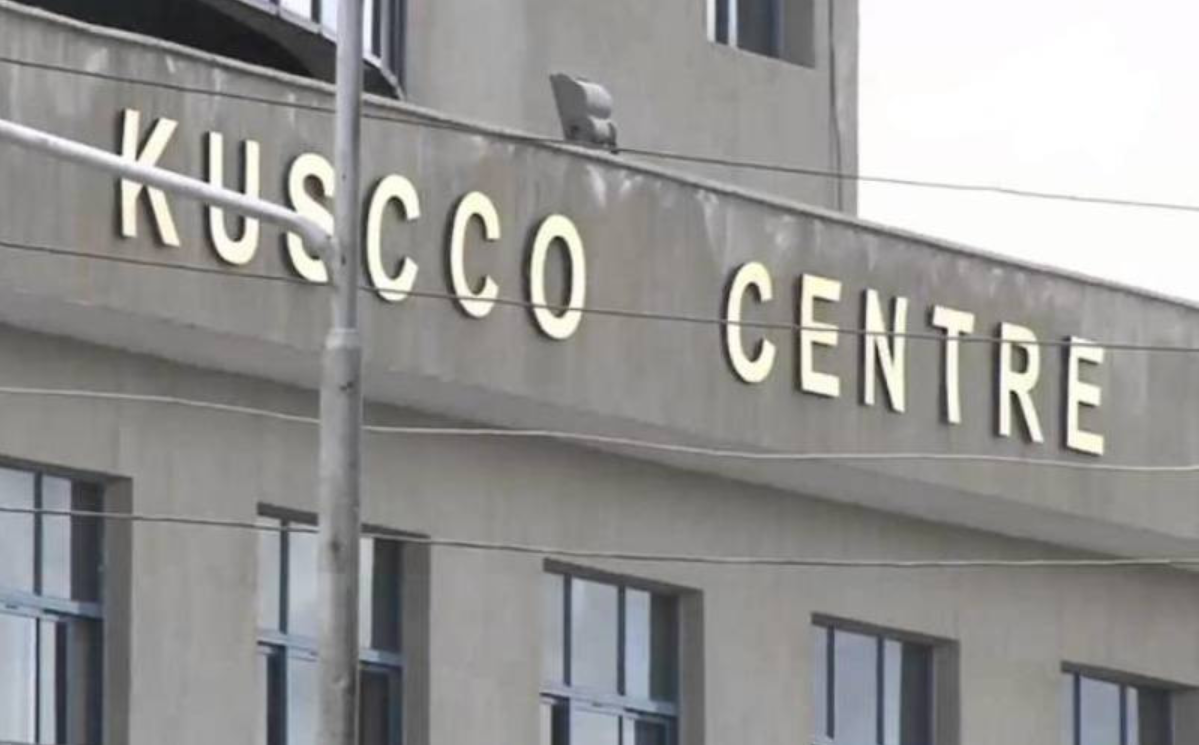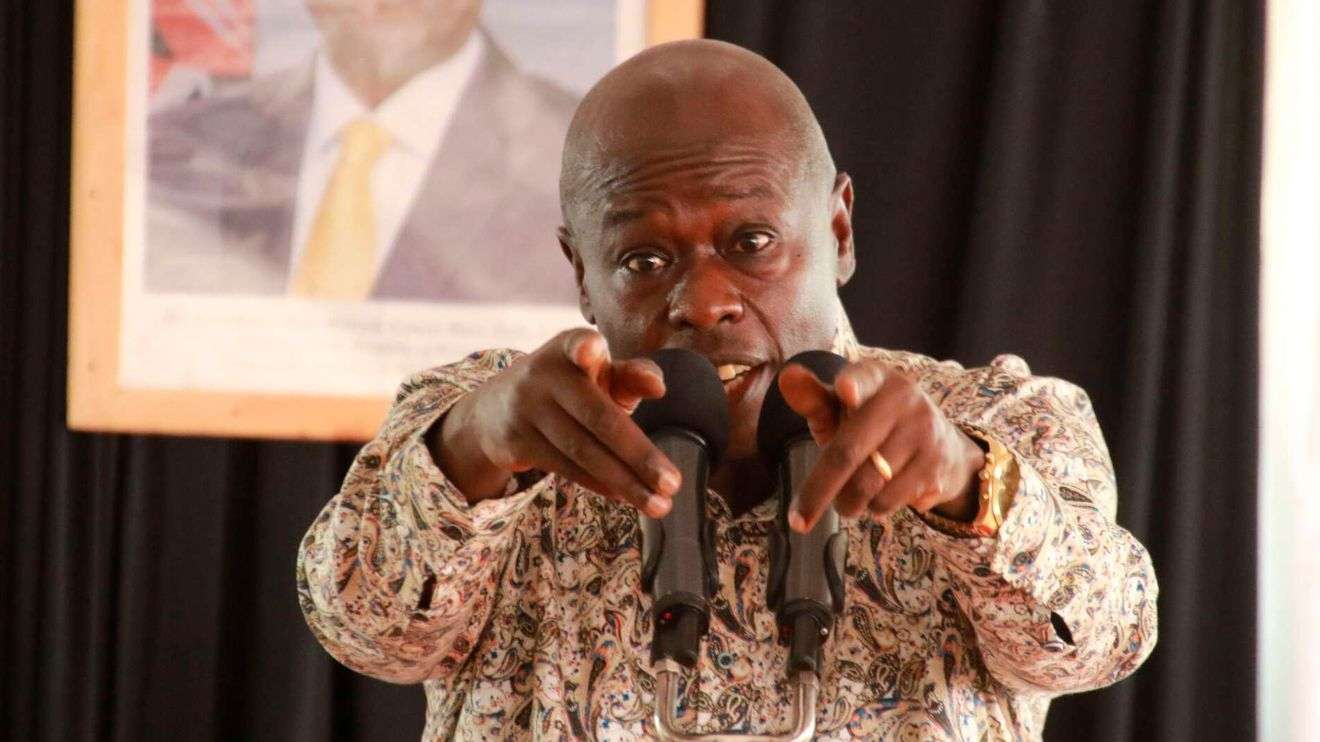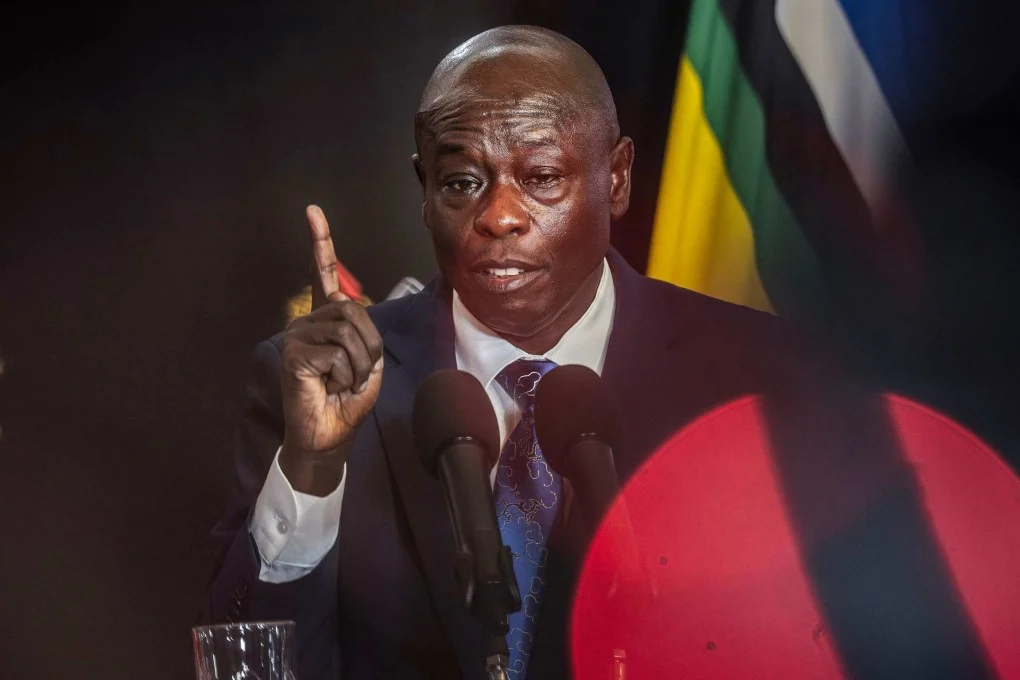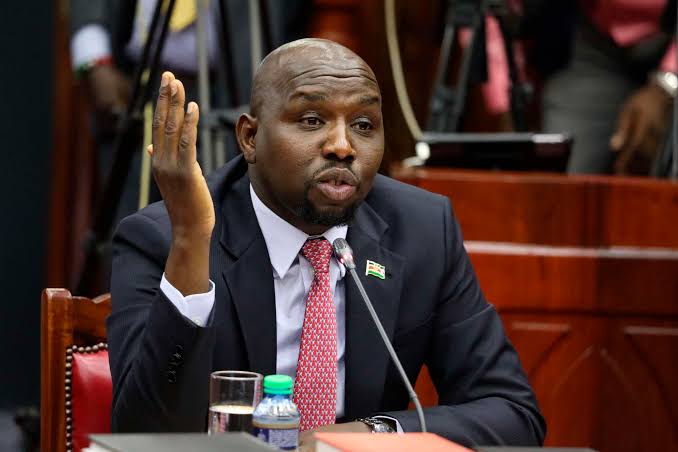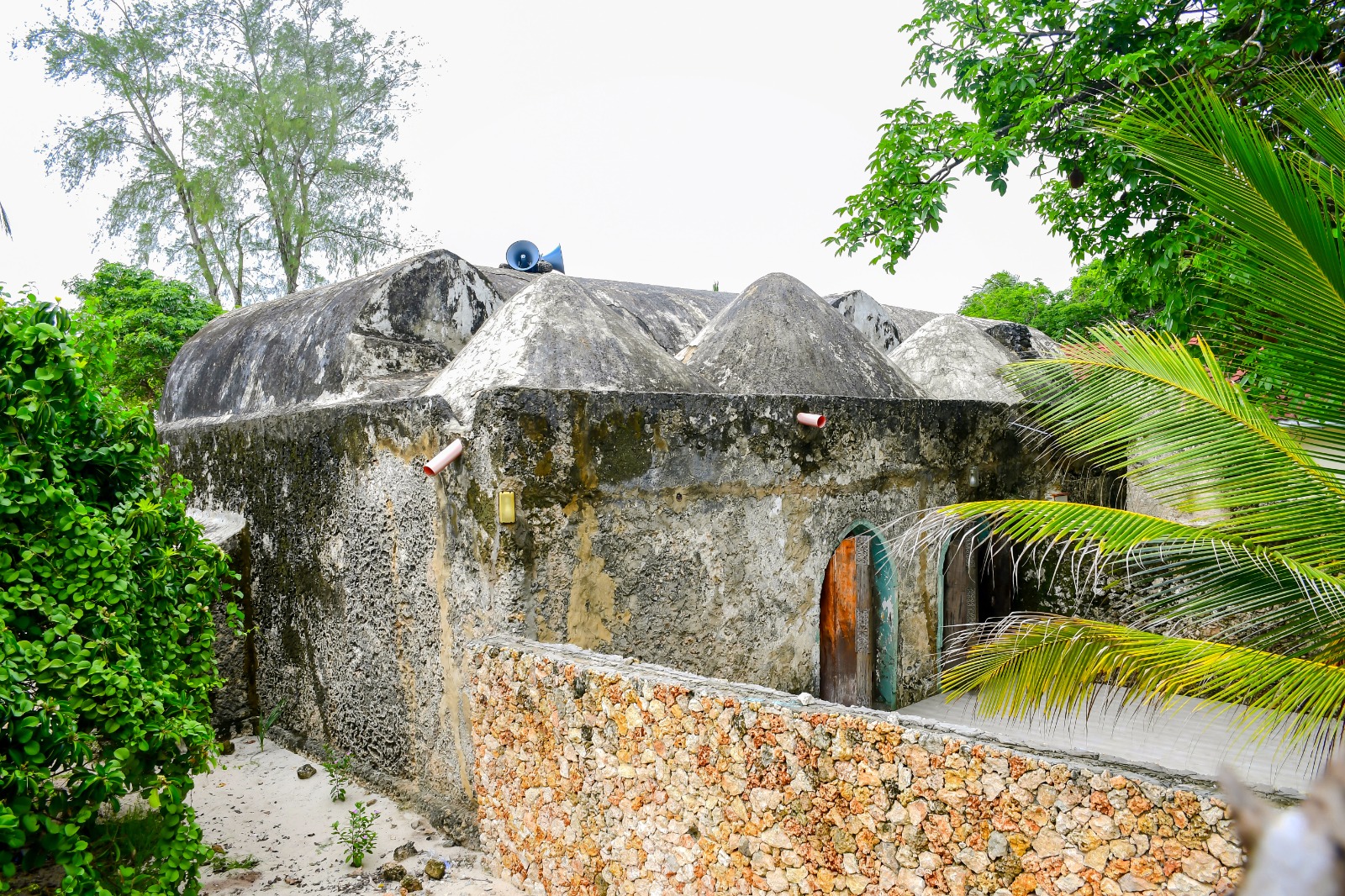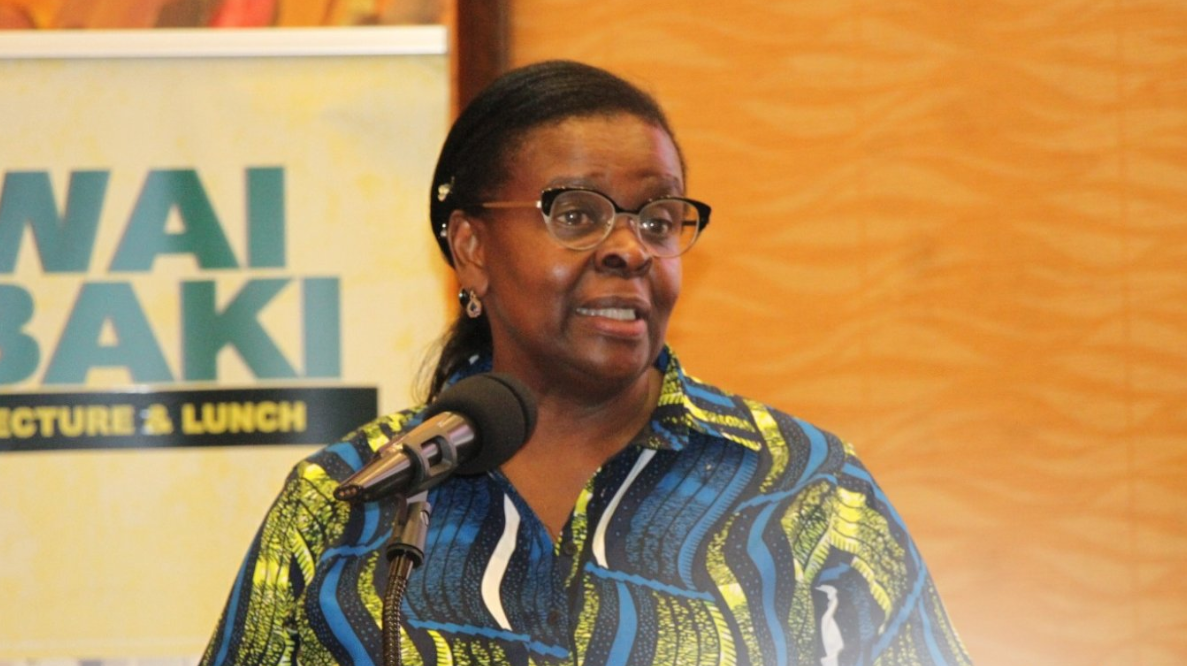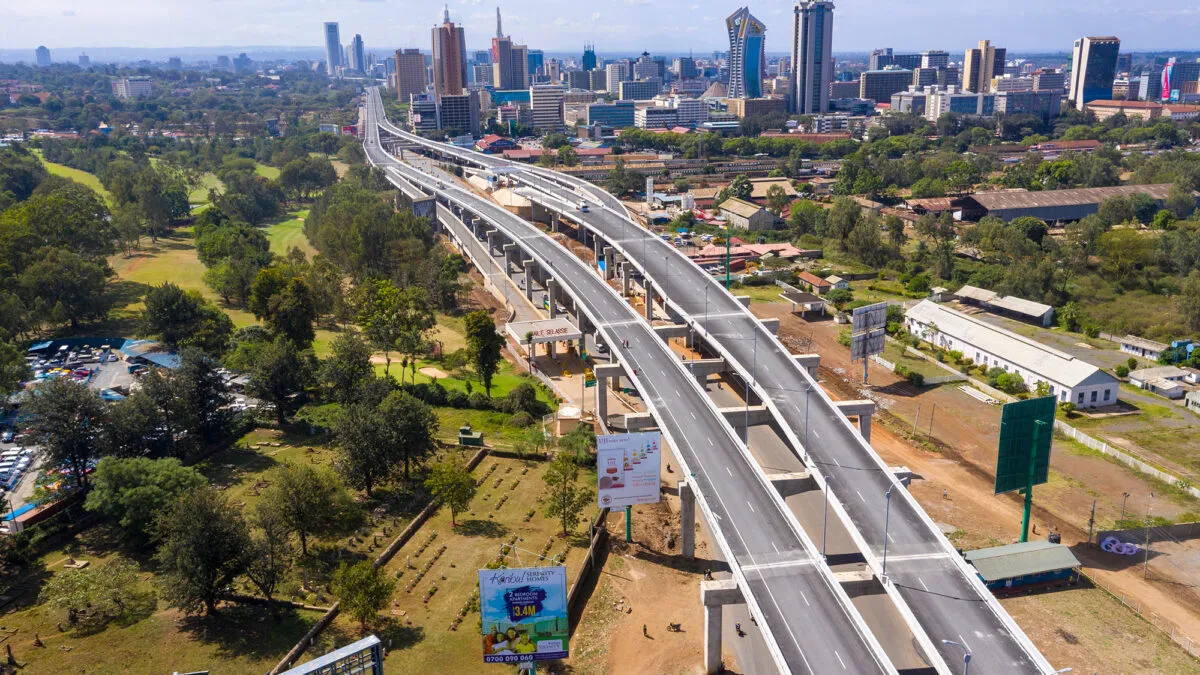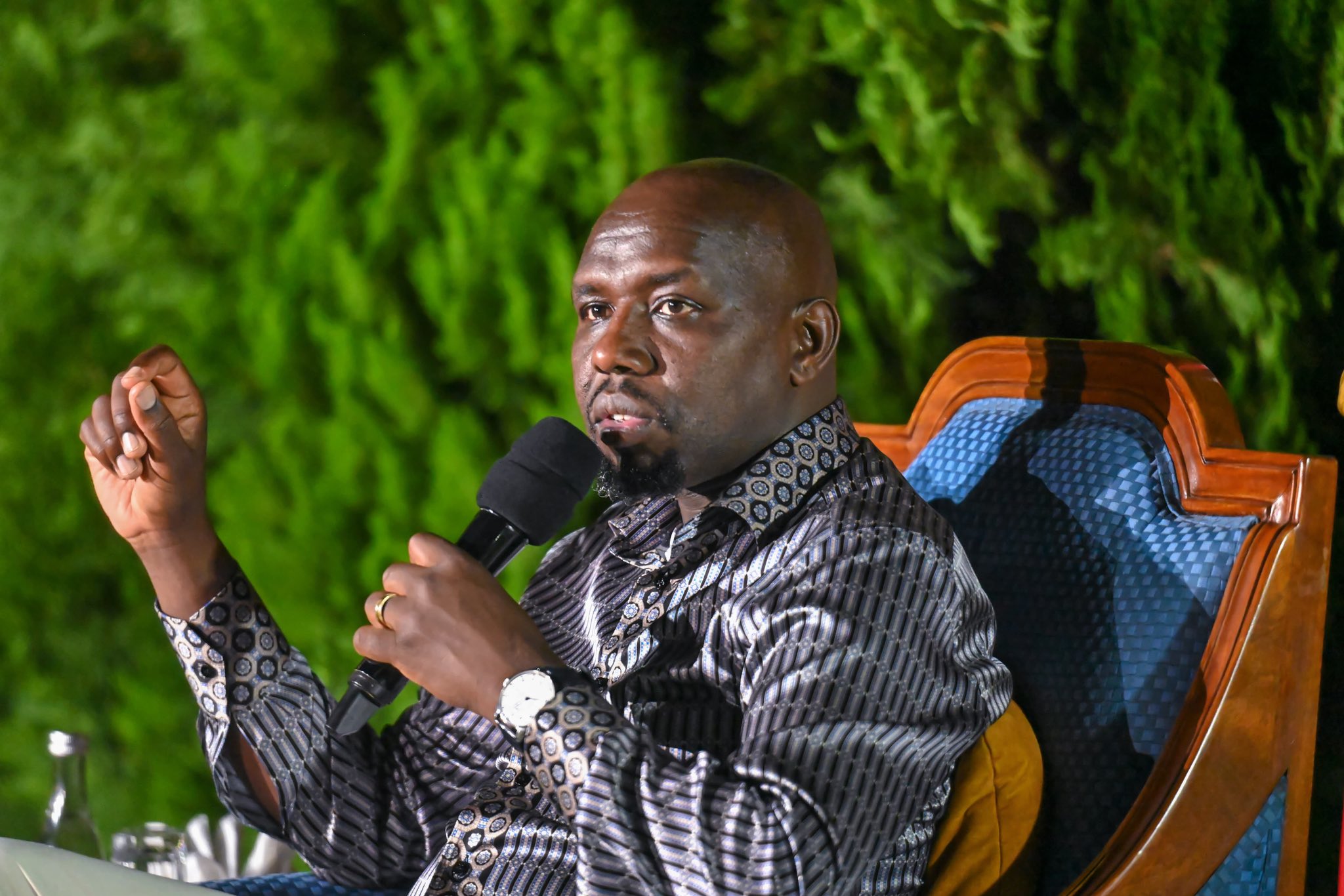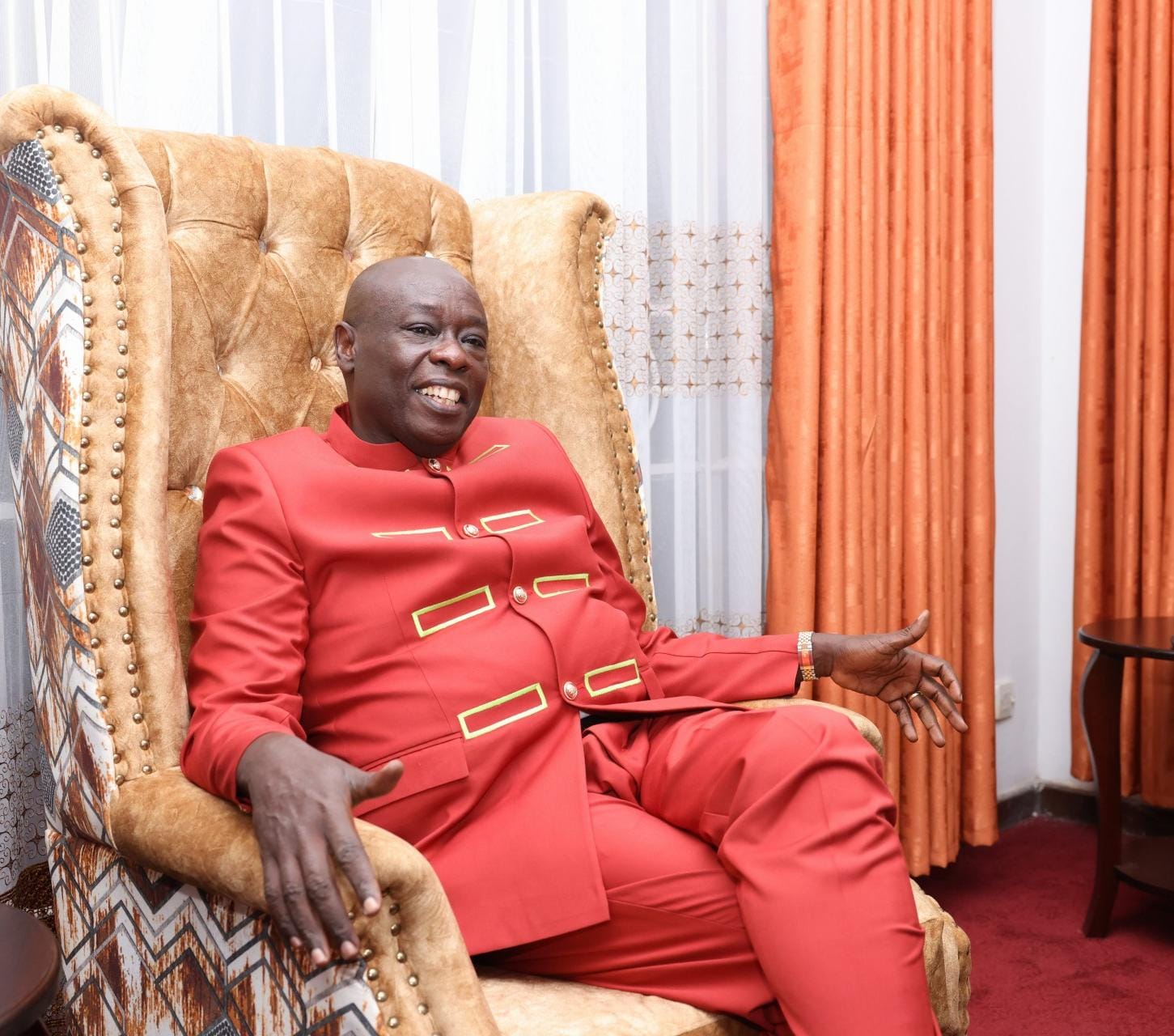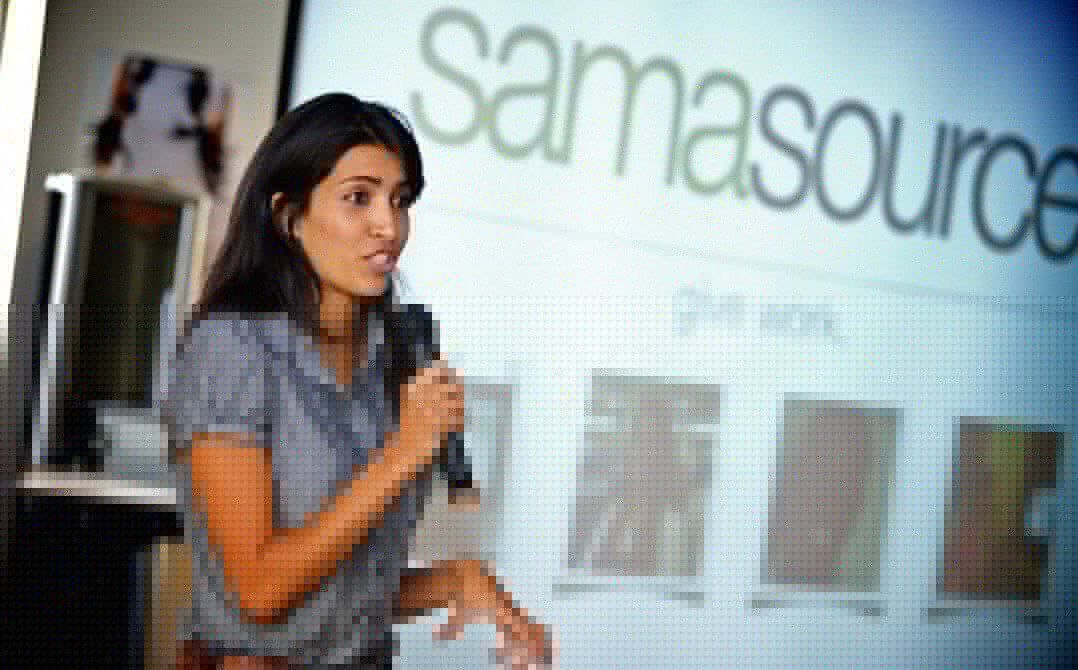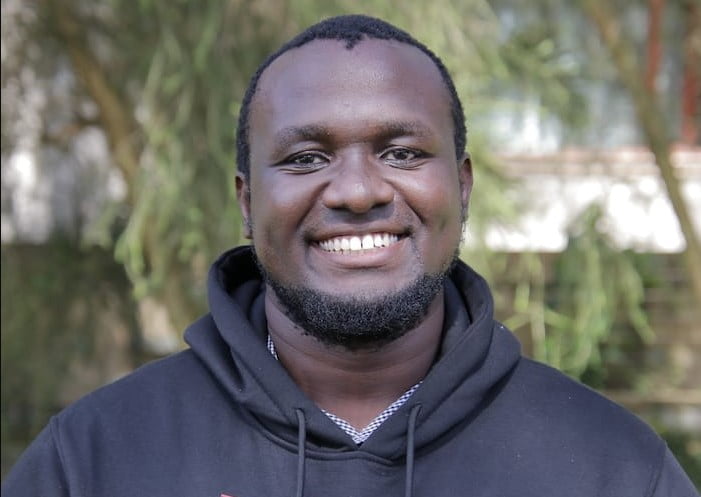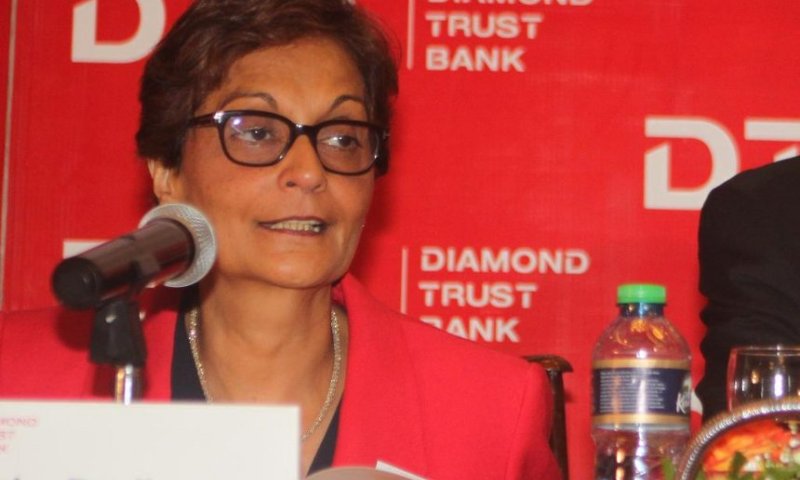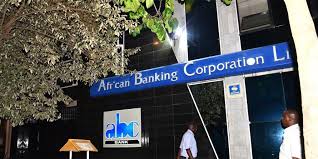A concerning issue has come to the forefront regarding the government’s fertilizer subsidy program, with numerous farmers and market participants raising alarms about possible misuse and mismanagement within the system.

According to multiple sources, a scheme involving private distributors like ETG appears to be diverting subsidized fertilizer meant for local farmers and selling it at inflated prices in foreign markets, particularly in Uganda.
These reports highlight a series of actions, where fertilizers are first purchased by the government at a subsidized rate, only to then be transferred to private warehouses for distribution.
Once in the possession of these distributors, it is claimed that some of this subsidized fertilizer is rerouted out of Kenya, leaving the intended beneficiaries, Kenyan farmers, without the much-needed input, and leading to suspicions that millions of taxpayer funds designated for agricultural support are being misappropriated.
Farmers have expressed growing concern over the integrity of the fertilizer distribution system, with many pointing to discrepancies in pricing, delayed deliveries, and a lack of transparency from both the government and private suppliers.
Many are now demanding answers, urging authorities to investigate how these alleged schemes have been allowed to go on, with some even questioning the role of high-profile logistics companies involved in the transportation of fertilizers out of the country.
“Hello Cyprian. I have something I want to share with you about the government fertilizer subsidy program. Kindly hide my identity.
Below are attached screenshots of the system that the government uses in supplying fertilizer (Mezzanine). So private investors, for example, ETG, will import Falcon Urea fertilizer (1,000 bags) to the port of Mombasa at a cost, let’s say, 4,500.

The government would then buy, let’s say, 500 bags of the fertilizer at 4,500 and subsidize it to around 2,500, and the 500 bags would be distributed to NCPB DEPOTS. So here’s the catch though. The 500 bags that are bought by the government are transferred to ETG’s mezzanine system to have one central distribution system to NCPB depots. One truck goes to Meru, two trucks go to Ziwa, etc.
This leaves 500 bags of Urea in the ETG warehouses. Right? So the 500 bags that were left in the ETG stores, the government would later transfer them to the ministry’s mezzanine system and pay the subsidy, and the assorted fertilizer will make its way to the Ugandan markets. It is transported by Ruto’s main logistics company called Stabex <ROCHE>, and there it is sold at market prices of around 5,500 per bag.
That means the government would have swindled Kenya of the subsidized amount of 2,000 allocated for each bag. NB: The values used here are for example only, they are not accurate.”

